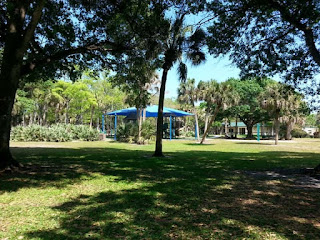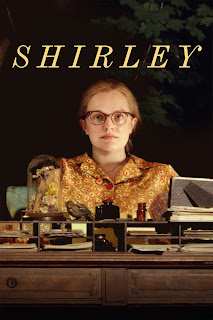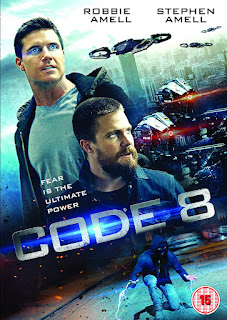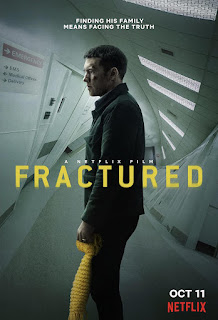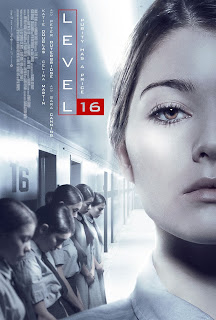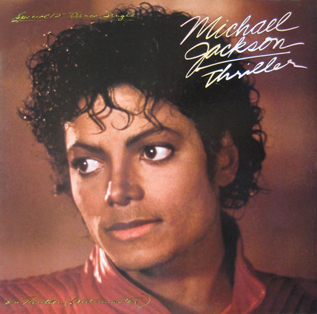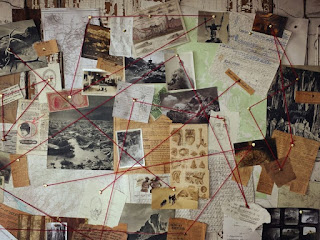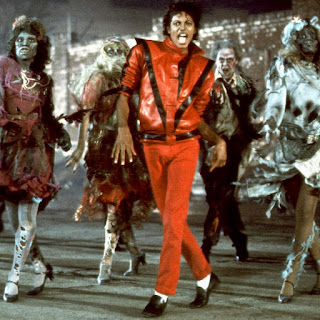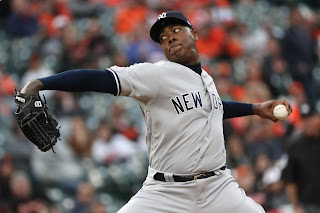Script Blog
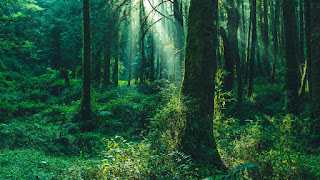
Scene 1: - The Lost Kid is walking down a trail in the woods, looking for rocks. - Lost Kid picks up a rock and sighs because it's too small before discarding it. - Lost Kid: "this place sucks." Scene 2: - Lost Kid picks up another rock and hums in appreciation. - Lost Kid: "this'll do." - Non-diegetic sound: Foreboding music Scene 3: - Lost Kid puts the rock in her bag. - Stick snaps behind Lost Kid. - They turn around to look and find nothing. Scene 4: - Shadow shifts on the ground. - Diegetic sound: bushes rustling Scene 5: - They turn back around and pick up another rock. - Lost Kid: "Now this is a good rock." *smiles* - After approving the rock, she starts sprinting down the trail. - Non-diegetic sound: Music picks up. Scene 6: - Lost Kid throws a roc...
